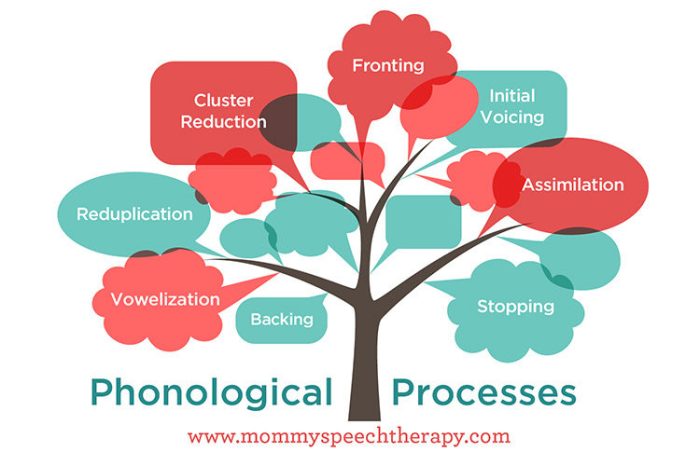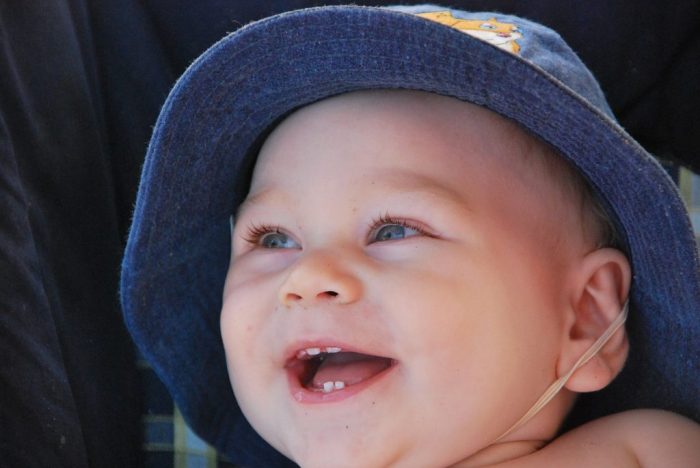Teef for teeth phonological process – The “teef for teeth” phonological process is a common speech sound disorder that affects young children. This process involves the substitution of the /t/ sound with the /f/ sound, resulting in words like “teef” for “teeth” and “fank you” for “thank you.”
Understanding the causes and treatment of this phonological process is crucial for speech-language pathologists and parents alike.
This article provides a comprehensive overview of the “teef for teeth” phonological process, including its definition, causes, prevalence, assessment, and intervention techniques. We will also explore case studies to illustrate the application of these principles in real-world settings.
Phonological Processes

Phonological processes refer to the systematic and predictable changes that occur in speech sounds during the production or perception of language.
These processes are influenced by various factors, including the speaker’s age, language background, and the context in which the speech is produced.
Types of Phonological Processes
Phonological processes can be broadly categorized into two main types:
- Assimilation:When a sound becomes more similar to an adjacent sound.
- Dissimilation:When a sound becomes less similar to an adjacent sound.
Examples of Phonological Processes
Some common examples of phonological processes include:
- Assimilation:In the word “camp,” the /p/ sound becomes /m/ to assimilate to the following /m/ sound.
- Dissimilation:In the word “laboratory,” the /t/ sound in the first syllable becomes /d/ to dissimilate from the /t/ sound in the second syllable.
Tee for Teeth Phonological Process

The “tee for teeth” phonological process, also known as the dentalization process, involves the substitution of the alveolar sound /t/ with the dental sound /θ/. This process is commonly observed in children during the early stages of speech development.
Causes of the “Tee for Teeth” Phonological Process
- Immature Motor Control:Young children may lack the necessary motor control to produce the alveolar sound /t/ accurately, leading them to substitute it with the easier-to-articulate dental sound /θ/.
- Dental Position:The placement of the tongue against the teeth when producing the /t/ sound can influence the substitution. In children with dental malocclusions or a forward tongue posture, the tongue may make contact with the teeth, resulting in the dentalization of the /t/ sound.
- Environmental Factors:Exposure to speech models that exhibit the “tee for teeth” process can reinforce the child’s use of this phonological pattern.
Prevalence of the “Tee for Teeth” Phonological Process, Teef for teeth phonological process
The “tee for teeth” phonological process is a common occurrence in children. Studies have shown that approximately 50% of children between the ages of 2 and 4 exhibit this process. However, it typically resolves as children develop their speech and language skills.
Assessment of the “Tee for Teeth” Phonological Process

The “tee for teeth” phonological process is typically assessed through speech samples and standardized tests.
Speech samples can be collected during spontaneous speech or elicited through specific tasks, such as picture naming or word repetition. The speech sample is then analyzed to identify the presence of the “tee for teeth” phonological process, as well as other phonological processes that may be present.
Assessment Tools
Several standardized tests can be used to assess the “tee for teeth” phonological process, including:
- The Goldman-Fristoe Test of Articulation-3 (GFTA-3)
- The Phonological Assessment Battery-6 (PAB-6)
- The Comprehensive Test of Phonological Processing (CTOPP-2)
These tests provide normative data that can help to determine if a child’s phonological development is within the expected range.
Assessment Procedures
Assessment procedures for the “tee for teeth” phonological process may vary depending on the specific assessment tool being used. However, general procedures include:
- Collecting a speech sample
- Transcribing the speech sample
- Analyzing the speech sample for the presence of the “tee for teeth” phonological process
- Interpreting the results of the analysis
The results of the assessment can be used to develop an appropriate intervention plan to address the “tee for teeth” phonological process.
Intervention for the “Tee for Teeth” Phonological Process: Teef For Teeth Phonological Process

The “tee for teeth” phonological process is a common speech sound disorder in which the /θ/ sound (as in “thin”) is produced as /t/ (as in “tin”). This process can be treated through a variety of intervention techniques, including:
Phonological Awareness Activities
Phonological awareness activities help children to develop an understanding of the sound structure of words. These activities can include:
- Identifying and producing rhyming words
- Segmenting words into individual sounds
- Blending sounds to form words
Articulation Therapy
Articulation therapy focuses on teaching children to produce the correct sounds. This can be done through a variety of techniques, including:
- Modeling the correct sound
- Having the child practice producing the sound in isolation
- Having the child practice producing the sound in words and sentences
Stimulability Probe
A stimulability probe is a test that is used to assess a child’s ability to produce a sound. This test can be used to determine if the child is able to produce the sound correctly and to monitor the child’s progress in therapy.
Examples of Intervention Strategies
Some examples of intervention strategies for the “tee for teeth” phonological process include:
- Having the child listen to and repeat words that contain the /θ/ sound
- Having the child practice producing the /θ/ sound in isolation
- Having the child practice producing the /θ/ sound in words and sentences
- Providing the child with feedback on their production of the /θ/ sound
Case Studies

Individuals who have experienced the “tee for teeth” phonological process often present with difficulty producing the /θ/ sound in words. This sound is typically replaced with a /t/ sound, resulting in words like “tree” being pronounced as “tee”.
Assessment of the “tee for teeth” phonological process typically involves a speech-language pathologist conducting a comprehensive evaluation of the individual’s speech sound production. This evaluation may include tasks such as word repetition, picture naming, and spontaneous speech sampling.
Intervention Strategies
Intervention strategies for the “tee for teeth” phonological process typically focus on teaching the individual to produce the /θ/ sound correctly. This may involve using a variety of techniques, such as:
- Minimal pair practice:The individual is taught to discriminate between words that contain the /θ/ sound and words that do not. For example, the individual may be asked to listen to the words “tree” and “tee” and identify which word contains the /θ/ sound.
- Production practice:The individual is given opportunities to practice producing the /θ/ sound in isolation, in words, and in sentences. This practice may be done using a variety of techniques, such as imitation, repetition, and choral speaking.
- Feedback:The individual is provided with feedback on their production of the /θ/ sound. This feedback may be provided by a speech-language pathologist, a parent, or a peer. Feedback can help the individual to identify and correct errors in their speech production.
Outcomes of Intervention
The outcomes of intervention for the “tee for teeth” phonological process can vary depending on the individual’s age, severity of the phonological process, and consistency of intervention. However, research has shown that intervention can be effective in helping individuals to overcome the “tee for teeth” phonological process and produce the /θ/ sound correctly.
Q&A
What causes the “teef for teeth” phonological process?
The exact cause of the “teef for teeth” phonological process is unknown, but it is believed to be related to a combination of factors, including motor planning difficulties, phonological awareness, and language exposure.
How is the “teef for teeth” phonological process assessed?
The “teef for teeth” phonological process is typically assessed through a combination of speech sound analysis, language sample analysis, and oral-motor examination.
What are the treatment options for the “teef for teeth” phonological process?
Treatment for the “teef for teeth” phonological process typically involves a combination of articulation therapy, phonological awareness training, and language stimulation.